Pentagon’s Strategic Shift: Building a Drone Army to Counter China
In a significant move to counter China’s market dominance in drones, the Pentagon is planning a massive procurement of “thousands” of low-cost U.S.-made drones within the next two years.
This initiative, part of the Defense Department’s “Replicator” program, aims to boost American drone production and develop a drone supply chain independent of China, especially considering the potential risk of future conflicts between the two nations.
The Urgency of the Replicator Program
Doug Beck, the Pentagon’s Defense Innovation Unit director, emphasized the lessons learned from supporting Ukraine’s needs, where low-cost drone swarms have proved their value in modern warfare.
This urgency is also fueled by the rising challenge from China. The Pentagon’s ambitious goal is to roll out these drones as early as the end of next year, despite the complexities involved in navigating defense budgets and procurement processes.
Beyond Fiction: Replicating Success in Drone Manufacturing
The “Replicator” program, though reminiscent of the fictional device from “Star Trek,” symbolizes the Pentagon’s goal of replicating successful manufacturing processes across various technologies, with drones being the initial focus.
This initiative is critical as China, led by Shenzhen-based DJI, holds about 70 percent of the global consumer drone market share. In a potential conflict scenario, like one involving Taiwan, the U.S. military’s reliance on non-Chinese drones becomes strategically vital.

The Shift in Drone Strategy: Quantity and Cost-Effectiveness
Gregory C. Allen, a former Defense Department official, highlights the shift from procuring a small number of high-end drones, like the $220 million Global Hawk, to having a large fleet of low-cost drones.
These drones are envisioned to undertake missions where their safe return is not guaranteed, mirroring the effectiveness of similar strategies observed in Ukraine.
The Drone Revolution: A New Era in Warfare
The Pentagon’s strategy aligns with the global trend of developing “loyal wingman” drones to accompany advanced jets and “loitering munitions” capable of autonomous operation.
This paradigm shift opens doors for smaller tech companies to challenge the dominance of traditional military contractors. For instance, the recent unveiling of Anduril’s new jet-powered drone, Roadrunner, signifies this radical change in military technology.
Challenges and Opportunities Ahead
While the Replicator program is a potential game-changer, it faces skepticism due to its lack of a dedicated budget and the uncertainty of sustaining an expanded U.S. drone manufacturing base.
The initiative’s success hinges on securing sufficient funding and generating consistent demand for domestic drones. Moreover, U.S. drone manufacturers, such as Red Cat and Aerovironment, are eager to participate in the program, despite challenges in matching the cost-effectiveness of Chinese counterparts like DJI.
A Pivotal Moment for U.S. Drone Capabilities
As the Pentagon embarks on this ambitious journey to build a drone army, the implications extend beyond military strategy. This endeavor also represents a significant opportunity for the U.S. to establish itself as a major player in the global drone market, reducing reliance on foreign technology and enhancing national security.
The outcome of the Replicator program could mark a turning point in Drone Technology and its application in both military and civilian sectors.
For more insights on the Pentagon’s plans for a drone army and the Replicator program, refer to this article from the Washington Post.


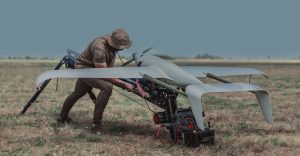
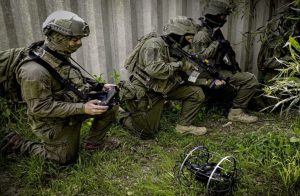


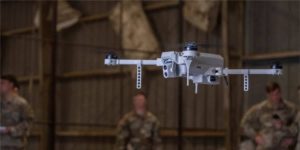






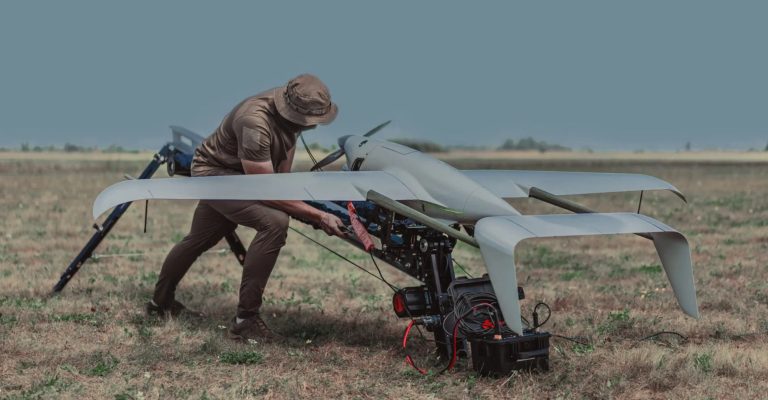


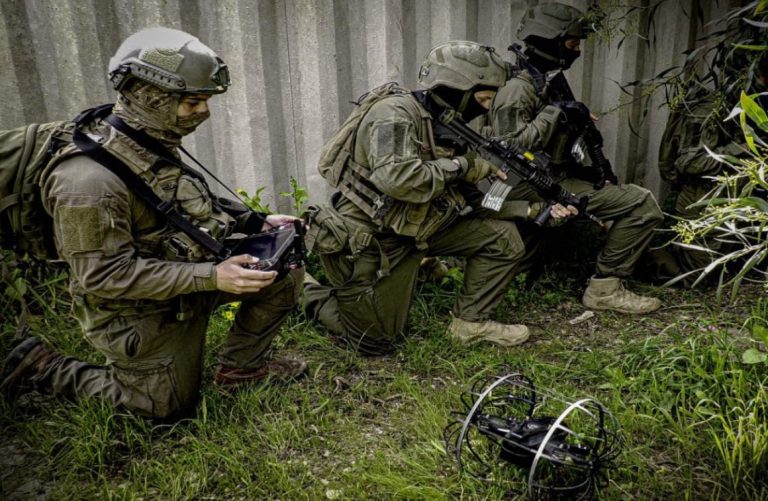




+ There are no comments
Add yours